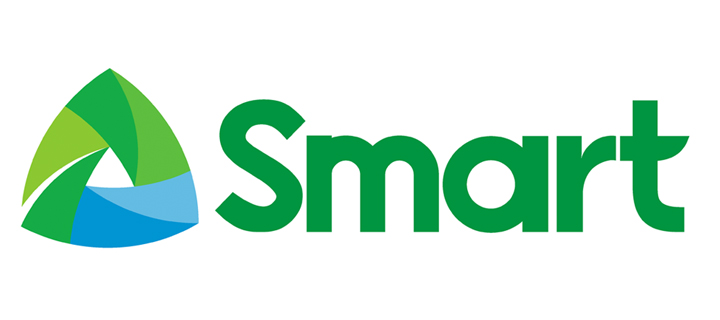PLDT Inc.’s resurgent mobile business posted record revenue growth in the first quarter of 2019, riding on the growing appetite of its customers for online video and mobile games. Service revenues of its individual wireless business, which includes the consumer sales of its Smart, Sun and TNT mobile brands, jumped 18% year-on-year to Php16.9 billion, net of interconnection costs. The surge in revenues was driven by a robust increase in data and broadband revenues which accounted for 65% of the total.
PLDT’s wireless brands also added 3.4 million customers in the first quarter of 2019, adding to a subscriber base that is increasingly becoming more active in using data. About two-thirds of these subscribers are smartphone owners, of whom about 70% are data users. Mobile data traffic rose by 127% year-on-year to 304 petabytes.
Video, mobile gaming
These data-savvy customers are watching more and more video on their smartphones. With the introduction of the Video Every Day data packages late last year, more customers have been accessing various video services like YouTube, NBA, iWant and iFlix.
The monthly users of YouTube, already boosted by last year’s Free YouTube promo, further increased by 35% in the first quarter. Viewers of other popular video apps also increased sharply: users of the NBA video service nearly doubled; those of iWant soared 153%; and iflix, 170%.
Mobile gaming has contributed to the continuing increase in data usage, following PLDT and Smart’s initiatives to organize their official professional eSports team, “Omega”. They also sponsored the professional league in the Philippines of the popular mobile game Mobile Legends.
The upshot: the number of monthly unique users of Mobile Legends increased by 5x from June 2018 to end-March 2019.
Network upgrades
To support Filipinos’ increasing appetite for data, PLDT and Smart are continuously expanding and modernizing their fixed and mobile networks, backed by a historic-high capital expenditure of P78.4 billion this year. The capex investments are to further expand coverage and to increase capacity to handle the exponential growth in data traffic. The ultimate aim is to deliver the best data customer experience.
The growth of mobile video viewing among Smart subscribers, for example, has been supported by the ability of its cellular network to deliver what internet analytics firm OpenSignal called, in its latest country analysis, “the better video experience.” Other third-party organizations like Ookla, Tutela and P3 have also recognized the network superiority of the PLDT group network.
Smart has added about 1,700 LTE base stations in the first quarter, raising the total to about 18,000. Smart is also activating carrier aggregation across its sites, enabling the network to deliver even faster mobile internet services by combining the capacity of two or more frequency bands. Smart has likewise also increased its 3G base station count to about 12,100.
Meanwhile, PLDT has further expanded its total fiber optic cable network footprint to 259,000 kilometers. PLDT’s fiber-powered fixed line broadband network has now passed 6.7 million homes as of end-March, while total number of fiber ports available has reached 2.96 million, of which 1.2 million are available for new customers.
PLDT’s fiber network also supports Smart’s mobile network by providing high-capacity links to cellular base stations.
PLDT has also partnered with global technology leader Cisco to help transform its fiber transport network in to a fully automated, software-defined 5G-ready IP transport network over the next three years.
“This transport transformation program is a crucial part of our ambition to strengthen the network leadership that PLDT and Smart nave won through consistent efforts over the past three years,” said Mario G. Tamayo, PLDT-Smart senior vice president for network planning and engineering
Liked this post? Follow SwirlingOverCoffee on Facebook, YouTube, and Instagram.


